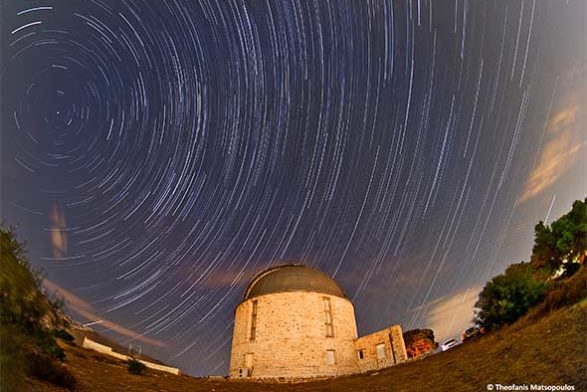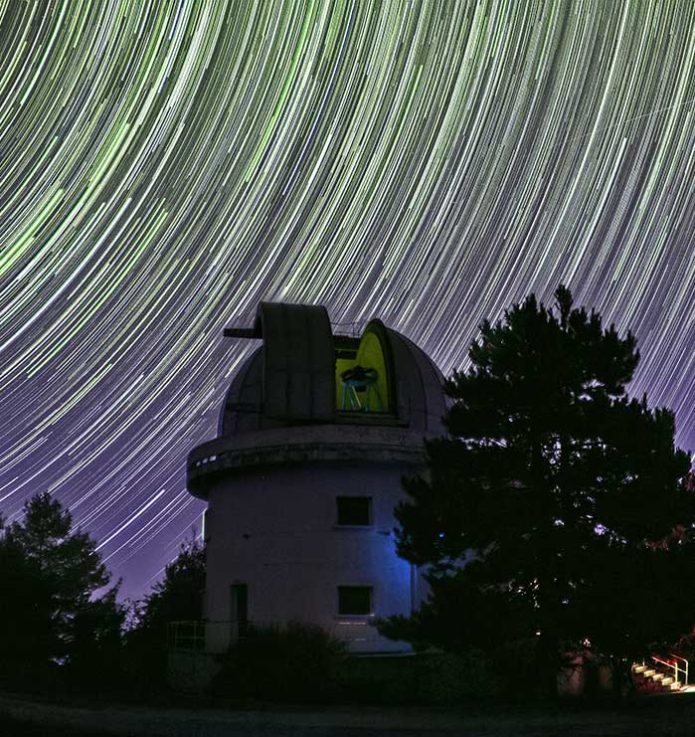
The past history provides IAASARS with an extensive experience in both applied and basic research in space physics and astrophysics, as well as earth observation. The permanent staff of the institute consists of 27 researchers, 3 research support specialists, 8 adjunct researchers, 3 technicians and a secretary. In addition, 24 postdoctoral researchers and 33 support staff are on term contracts, making IAASARS the largest institute in its field in Greece. The scientists of the Institute have been successful in attracting ~5 MEuro per year in national and european competitive research grants.
Even though the science topics addressed by the various groups are rather diverse, over the past few years close synergies have been established. In the process the personnel have developed expertise in sophisticated signal processing and data analysis techniques applying them to datasets produced by space-born and ground based facilities. This has enabled them to play a leading role in major international scientific collaborations in fields such as X-ray and Infrared astrophysics, solar physics, space weather and ionospheric physics. It should be stressed that the earth observation and remote sensing group of IAASARS is the most active in Greece and has a long record of delivering novel methodology and high data products to the community.
The Institute supports and operates a number of research facilities including ionospheric and remote sensing stations as well as a mobile Lidar and a network of magnetometers. The 2.3m Aristarchos telescope, the largest in Greece, is the major infrastructure of IAASARS. The Institute also has a solid record of nearly 20 years of a public outreach program. The recently renovated Visitor Center in Penteli has passed the 200,000 visitors mark in 2013. The Visitor Center at Thissio, with its historic building just across the Parthenon, is now regularly opening its doors - along with the dome of the first telescope of Greece - during the evening hours throughout the year. The experienced personnel of both Centers is excited to bring the wonders of the night sky of Athens a bit closer to the general public as well as to organized groups and schools from across Greece.
The Institute is supervised and supported by the General Secretariat of Research and Technology.


